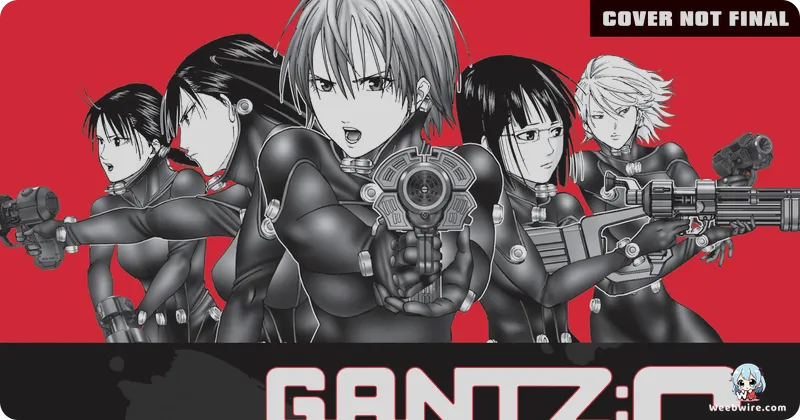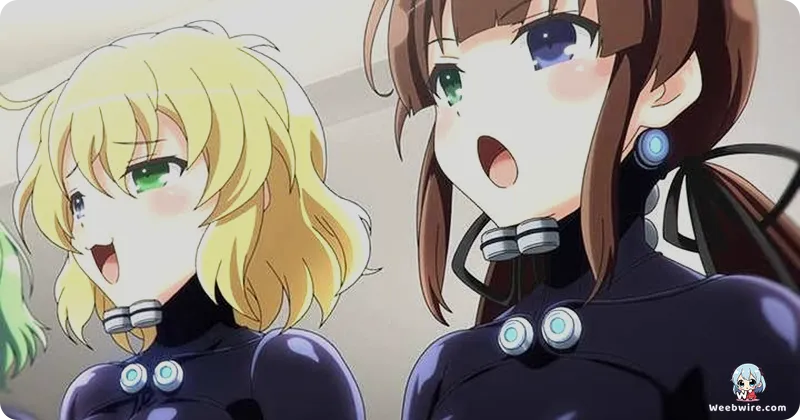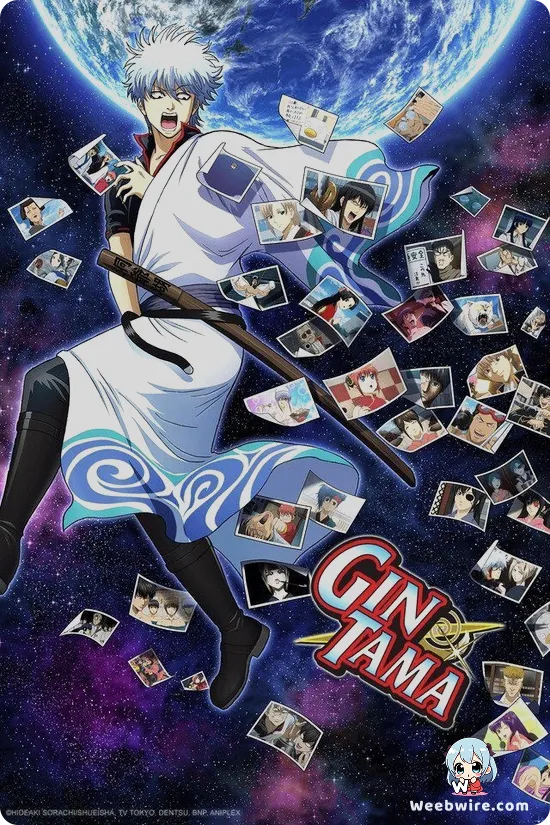The Gantz Phenomenon: Dissecting Oku's Vision, Controversial Adaptations, and the Ultimate Game of Survival

Since its impactful debut, Hiroya Oku's Gantz has carved a brutal, distinctive niche in manga and anime, captivating audiences with relentless action, visceral gore, and profound psychological depth. Originating as a manga in 2000 and first adapted into anime by Studio GONZO in 2004, the series plunges its protagonists into a terrifying post-mortem survival game.
At its core, Gantz follows Kei Kurono and Masaru Kato. After a fatal train accident, they awaken in a mysterious room with a colossal black sphere. Alongside other recently deceased individuals, they are conscripted into deadly missions: to hunt and eliminate aliens hidden on Earth, armed with advanced weaponry and formidable black suits. Failure guarantees permanent death, while accumulating points offers a chance at freedom or even resurrecting a fallen comrade.
Oku's original manga is acclaimed for its ambitious creative process, notably using 3D models for character and environment designs a revolutionary technique at the time that contributed to its hyper-realistic, gritty aesthetic. Running for 13 years and concluding in 2013 with 37 volumes, its ending remains one of manga history's most debated and divisive, sparking extensive fan discussion on its philosophical implications and the Gantz system's ultimate fate.
The 2004 GONZO anime, while vital for Gantz's global reach, developed an anime-original ending for its 'Second Stage' season. This divergence, necessitated by catching up with the ongoing manga, meant many iconic manga arcs were never animated, creating distinct experiences for different fan bases. Despite this, GONZO’s adaptation earned praise for its bold visuals, embrace of adult themes, and unflinching depiction of violence, pushing anime boundaries.

The Gantz universe features intricate mechanics: black suits amplify physical capabilities but have critical damage limitations, and unique weaponry like the X-Gun and Z-Gun demand mastery for survival. Beyond the action, the psychological toll on participants is profound. The constant cycle of death and resurrection and horrific missions force characters to confront mortality and morality. The series masterfully explores existentialism, the banality of evil, and the human capacity for both cruelty and compassion, elevating Gantz beyond mere action-horror into thought-provoking adult fiction.
Further adaptations include two 2011 live-action Japanese films. However, the most acclaimed arrived in 2016 with the full CGI animated film, Gantz: O, which faithfully adapted the popular Osaka Arc. Widely lauded for its stunning visuals, fidelity, and intense brutality, Gantz: O set a benchmark for CGI anime. These various adaptations underscore Gantz's enduring appeal and cultural impact, solidifying its legacy not just in groundbreaking sci-fi and violence, but in its unflinching examination of humanity's core in the ultimate game of life and death.
Credits
Gantz
Author
Hiroya Oku
Cover Art
Hiroya Oku
Studio
GONZO
Publisher
Shueisha
Producers





